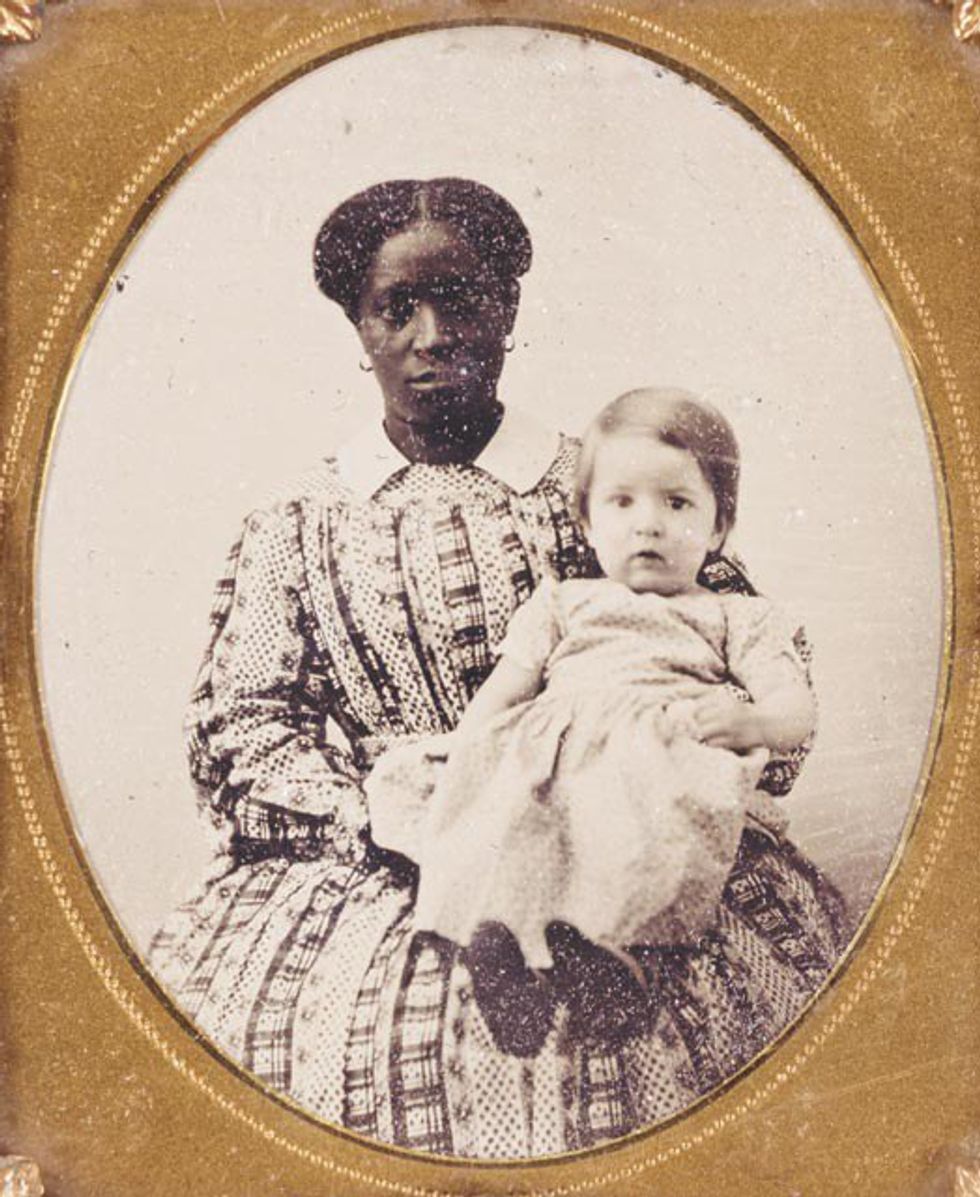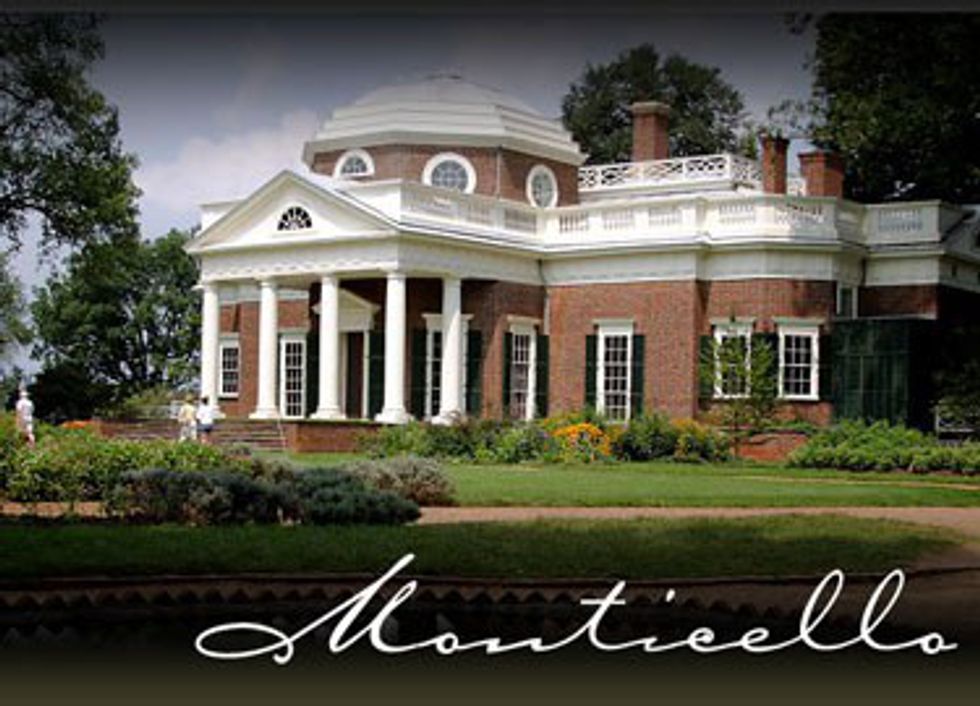On April 7th, 2015, I had the pleasure of going to Monticello for the first time as part of my American Enlightenment class during my freshman year at Southern Virginia University. The whole excursion was very interesting and informative; I learned a lot of new things about Thomas Jefferson that I didn't know before. Monticello means 'little mountain' in Italian. When we first arrived we were able to go on a slave tour around the grounds and then finished with a tour of the house.
On the slave tour, I learned that Virginia was the slave capital of the time and that Jefferson himself had over 600 slaves. He acquired most of them through the natural increase of many of his family that were slave holders, and 175 slaves through his inheritance: about 40 from his father, Peter Jackson's estate in 1764 and 35 from his father-in-law, John Wayles, in 1774. Twenty-five of these slaves were domestic and skilled in various jobs, such as the nailery. 60 slaves worked in industrial shops and houses located on Mulberry Road, with the rest working in the fields. Slave mothers were very proud of their children. By the end, no slaves were from their native Africa. When his children got married and left the plantation, they in turn would receive slaves for their own plantations.
If you were a slaveholder, you could buy a healthy male for a total of $300. In regards to the structure of Monticello, Jefferson believed that right angles created shadows that he considered unnecessary, so he made many rooms octagonal. Many of the beds were put in alcoves, thus taking up as little room as possible. He was also very innovative and had an extremely mechanical mind. He invented the Moore Plough. When slaves and family members died, he would count how many shovels it took to dig a grave.
In the house, domestic male slaves had their own workstations with a list of what needed to be done. If and when they made their quota, they'd receive a special red or blue suit that caused them to stand out from other slaves. The only downside to this was that the suits made them more recognizable to the overseer.
Jefferson was known for his money problems. He loved buying books and brought back a total of 84 boxes of furniture from France. He also wrote over 19,000 letters and copied many of them in his study, which also doubled as his library. Jefferson died on July 4th, 1826.
Overall, I learned many new things about the history of Monticello. Not only was Monticello and Jefferson important to our society then, they have stories behind them that deserve to be told and they can only be heard on Jefferson's 'Little Mountain'!



























